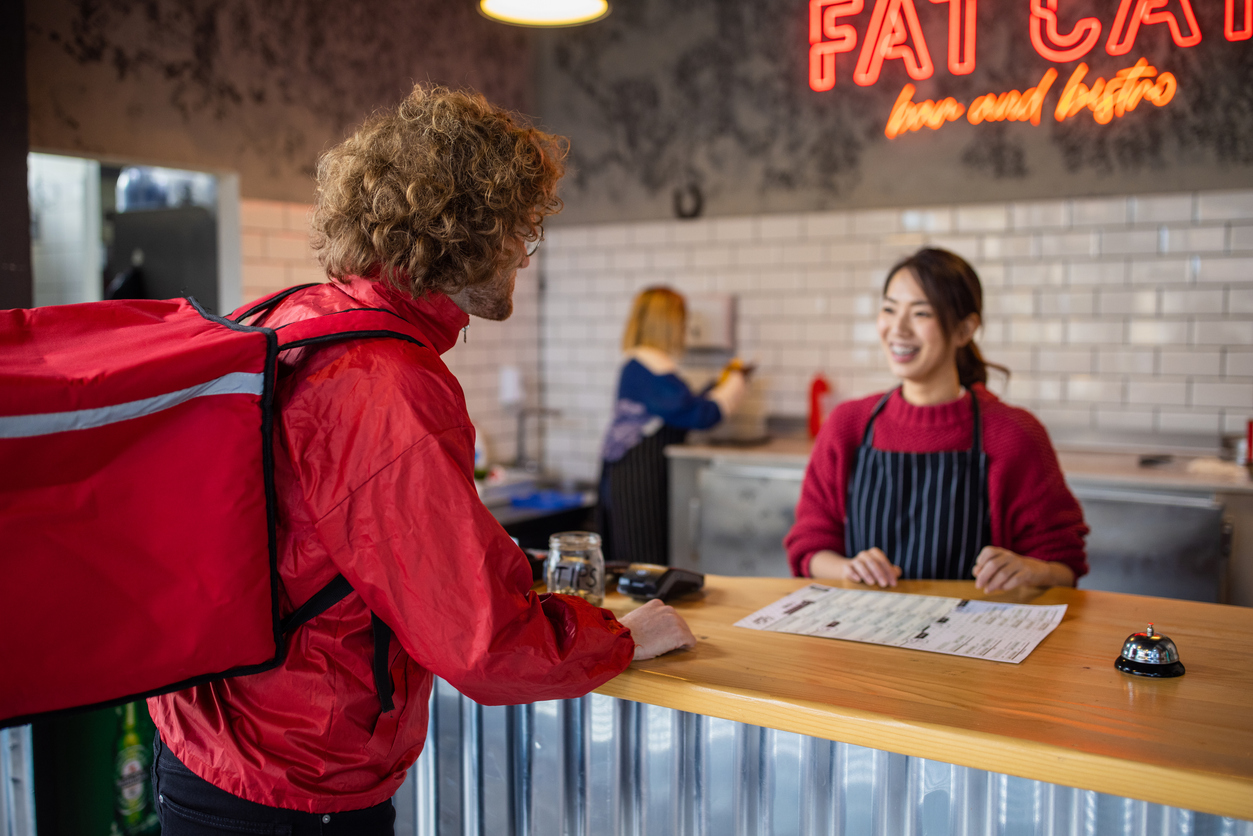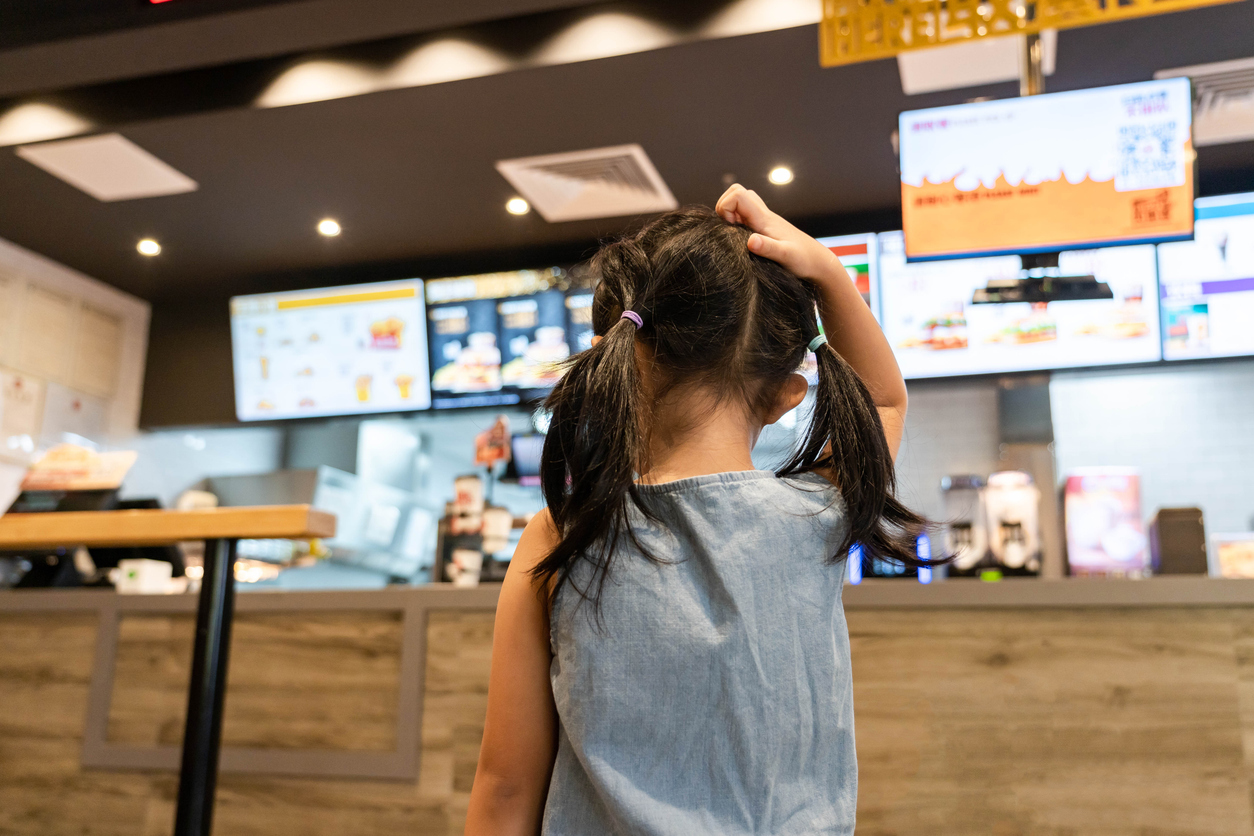Today’s diners expect their favorite meals to arrive fresh at their doorsteps with just a few taps on a smartphone. This growing demand for convenience has made delivery a non-negotiable service for restaurants. However, navigating the complexities of delivery logistics, particularly the "last mile," is a significant challenge for operators.
The last mile refers to the final stage of the delivery process, where food moves from the restaurant to the customer’s location. It’s also fraught with challenges like late arrivals, incorrect orders, and logistical inefficiencies.
Restaurants can use better tools and technology to plan routes, train staff to address orders adequately, and update customers about their deliveries. By being fast, dependable, and careful, restaurants can construct and accept an accurate delivery approach to grow their business.
What Is Last-Mile Delivery?
Last-mile delivery is the final and most important step in food delivery. In this step, the restaurant ensures the food reaches the customer’s door quickly and smoothly. Fast delivery keeps the food fresh and tasty; trusted options like in-house drivers or delivery services help make this happen.
Well-known food delivery services like Uber Eats, DoorDash, Postmates, and GrubHub host restaurant menus, enable customers to browse and order on an app and provide delivery fulfillment. These platforms are more concerned with the marketplace at the end of the process and charge fees per order.
A reliable delivery process makes customers happy, improves the restaurant’s reputation, and builds loyalty. It also encourages customers to order again, knowing they will arrive fresh and on time.
Why Is Last-Mile Food Delivery Important?
For many restaurants, delivery has traditionally been an afterthought. While the industry has increasingly embraced online ordering and off-premise dining, the primary focus for operators often remains on the in-house dining experience. However, neglecting the off-premise customer journey is a costly oversight in today’s competitive landscape.
With more customers relying on takeout and delivery, their loyalty is just as crucial as that of dine-in patrons. These customers may never set foot in your restaurant, but their experience shapes your brand’s reputation.
A seamless delivery process enhances satisfaction and solidifies long-term loyalty. Conversely, a single misstep—cold food, late delivery, or poor communication—can lead to negative reviews, as these tech-savvy customers quickly share their grievances online.
Utilizing third-party platforms connected to your brand is beneficial. A well-managed last-mile delivery system transforms the customer experience, building trust, satisfaction, and loyalty that keeps them coming back.
How Does Last Mile Delivery Service Work For Restaurants?
Last-mile delivery involves transporting food from the restaurant to the customer's door easily and within time. This means coordinating orders, assigning delivery drivers, and monitoring their progress to ensure prompt and precise delivery.
Effective management of such operations requires specialized tools and technologies. Here are three steps on how last-mile delivery works:
- Customers order food from restaurants through the restaurant’s website, app, or third-party platforms like Uber Eats or DoorDash.
- After the order is placed, delivery is handled by the restaurant’s team or a third-party service.
- Drivers pick up the food and use tools to find the quickest and easiest delivery route, ensuring fast and smooth service.
This system helps restaurants deliver on time and gives customers a simple, hassle-free experience.
Why Is Last-Mile Delivery Challenging?
Last-mile delivery is the final step of getting food from a restaurant to the customer. It’s essential for customer satisfaction and growth but challenging due to logistics, food quality, and factors like traffic or weather.
Traffic
City traffic jams can slow delivery times, especially during busy hours. It’s essential to plan deliveries to avoid heavy traffic for on-time arrivals. Delays can upset customers, lowering their satisfaction and harming the business’s image. Planning deliveries will help speed up service and keep customers happy.
Logistics
Last-mile delivery is tricky because it requires organizing orders, picking the right delivery spots, and meeting customer timing needs. Drivers must take the fastest routes and avoid delays. Tools like route optimization software help find the quickest and cheapest paths, saving time and making deliveries easier. This technology helps improve delivery speed and customer satisfaction.
Costs
Last-mile delivery involves paying workers, maintaining vehicles, buying fuel, and insuring vehicles. According to Forbes, this accounts for 53% of the total shipping cost, and ongoing inflation makes it even more expensive. These costs can quickly grow and reduce restaurant funds, impacting profit margins.
To balance good service with lower costs, restaurants can:
- Plan better delivery routes
- Use more efficient vehicles
- Encourage off-peak deliveries
- Use outside delivery services
It’s Unpredictable
Last-mile delivery can be challenging to predict because of weather and traffic accidents, which can cause delays or changes in routes. This is why it's crucial to plan flexibly so adjustments can be made when needed. Having clear steps in the area allows for coping with those troubles quickly and continuing deliveries on schedule, ensuring customers get their orders on time.
Delivery Failure Is Common
Delivery failures often occur due to poor communication and supply chain problems, which can hurt restaurants by causing delays, unhappy customers, and lost sales. Mistakes can occur when the restaurant, delivery drivers, and suppliers communicate poorly. Problems like missing items or delivery delays also make things worse.
To avoid these issues, restaurants should set clear communication rules and use sound-tracking systems to keep orders on track and ensure they arrive on time.
Benefits Of Last-Mile Delivery For Restaurants And Customers
Last-mile delivery benefits restaurants and customers by making food much more convenient, accessible, and enjoyable. It's an opportunity for restaurants to serve even more people, increasing their revenue. To customers, it is easy to get fresh deliveries of their favorite meals quickly and at home.
Higher Satisfaction Rates
Quick and timely delivery makes customers happy since the food reaches them fresh and on time. Such a service builds trust, and customers keep coming back. Delays, on the other hand, lead to frustration and harm a restaurant's reputation. Timely deliveries create loyal customers who love the service as much as the food.
Expanding Market Reach And Customer Access
Last-mile delivery enables restaurants to expand beyond their immediate neighborhood to reach new markets. Partnering with third-party delivery platforms gives restaurants access to a wide customer base that would otherwise continue beyond the restaurant's doorstep.
For instance, delivering through a delivery platform attracts busy professionals, students, or families in need of quick meals, hence increasing the revenue base while keeping operational costs low.
Boosting Revenue And Reducing Operational Costs
Offering delivery opens up new avenues to generate revenues as online orders increase. Restaurants can generate more while serving more people, who are more likely to choose home dining. Simultaneously, efficient delivery logistics help cut costs by not having to man huge teams inside to manage takeout orders.
Real-Time Tracking Feature
Real-time tracking updates customers on their orders, such as the driver's location and when the food will likely arrive. This enhances the experience by keeping customers informed so they don't have to call to find out about their delivery. The restaurant will consequently have fewer inquiries and more efficient running.
Improved Food Quality
Delivery practices must be efficient enough to ensure that food remains fresh and delicious upon arrival. Proper packaging and optimized delivery routes help preserve the right temperature and quality of the food. Customers who receive meals that look and taste great are more likely to order again.
How To Improve Restaurant Last-Mile Delivery
Last-mile delivery is an important factor for restaurants as it links most directly to customer satisfaction and retention. Customers will always leave the restaurant or return based on a smooth delivery of hot and fresh food on time. Here are some effective ways to enhance last-mile delivery in your restaurant:
Optimizing Delivery Operations
Streamlining delivery workflows is very important for rapid and effective service. Follow the steps, including:
- Use apps like DoorDash, Uber Eats, and GrubHub to arrange delivery routes to minimize delivery time and save money.
- Adopt proper order management, where deliveries are assigned based on location and timing, to ensure that operations run smoothly.
- Do proper food delivery operations and scheduling to ensure load balancing and avoid delays, ensuring your drivers and customers are satisfied.
Improving Customer Experience
A good delivery experience ensures customer return. Real-time tracking informs customers when their food will arrive while offering flexibility in choosing delivery services like DoorDash to improve customer experience. Quick, friendly, and effective assistance for customers' complaints can quickly rectify situations.
Using Technology For Efficiency
Improving last-mile delivery depends largely on technology.
- AI-based tools can predict peak hours and schedule drivers accordingly.
- Integrated POS systems ensure that what is communicated from the kitchen to the delivery person will be communicated correctly.
- Food delivery management software would automate tasks like assigning the driver or tracking performance to minimize errors and hasten the process.
These solutions provide better accuracy and leave more free time for other restaurants.
Make Your Delivery More Efficient With Checkmate
Checkmate offers an all-in-one delivery solution that streamlines and optimizes every aspect of your restaurant's delivery process. Its integration with multiple platforms, streamlined order management, and insights help your business cut through operational complexity while boosting customer satisfaction.
Whether your restaurant is looking to scale delivery operations or improve service quality, collaborate with our third-party delivery systems to enhance your restaurant's speed of delivery, increase profits, and remain ahead of your competitors.





